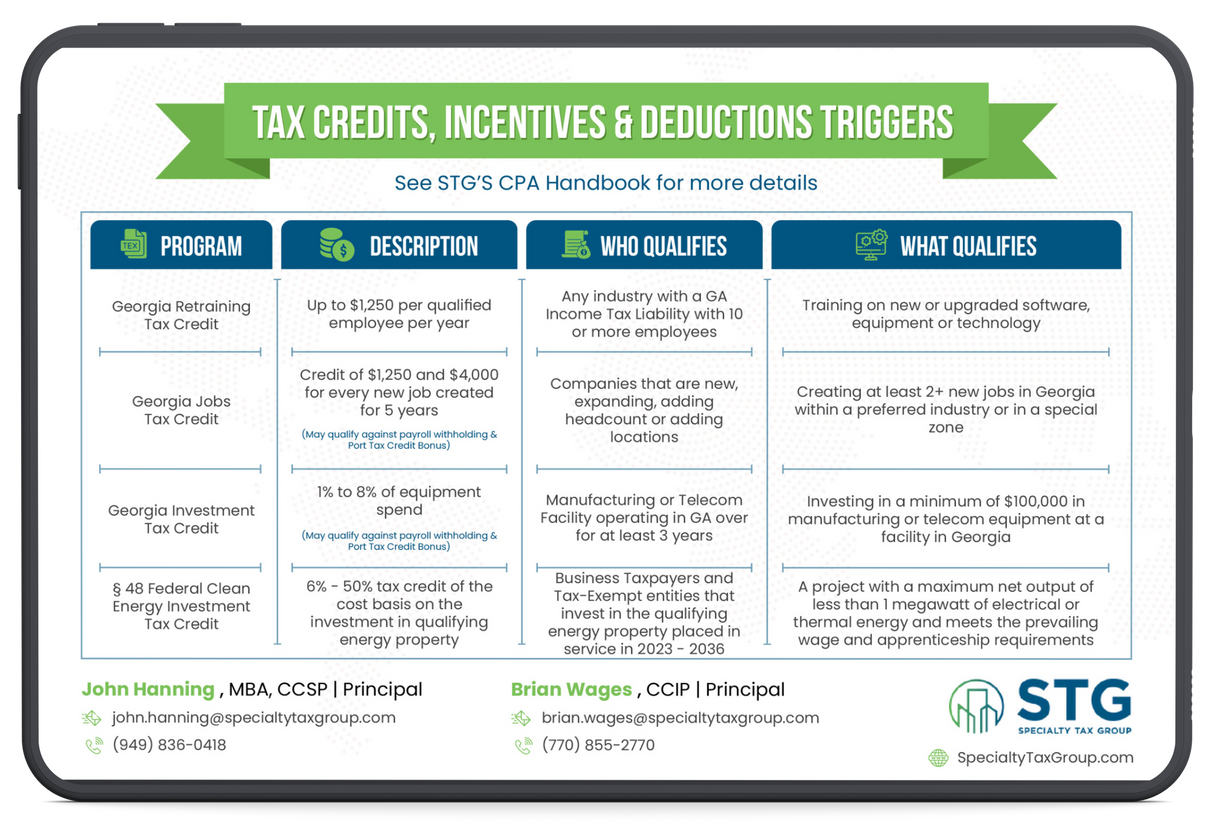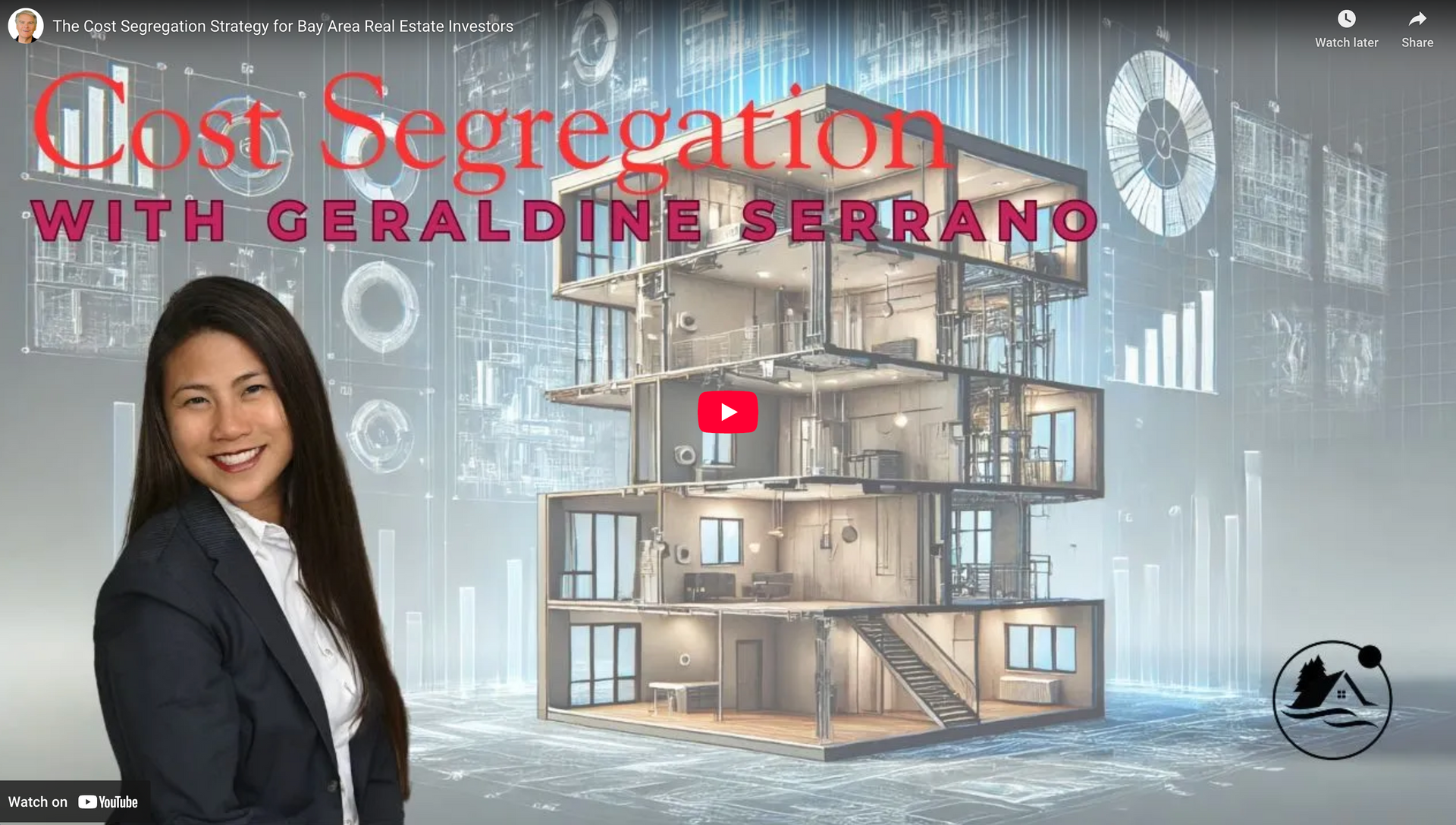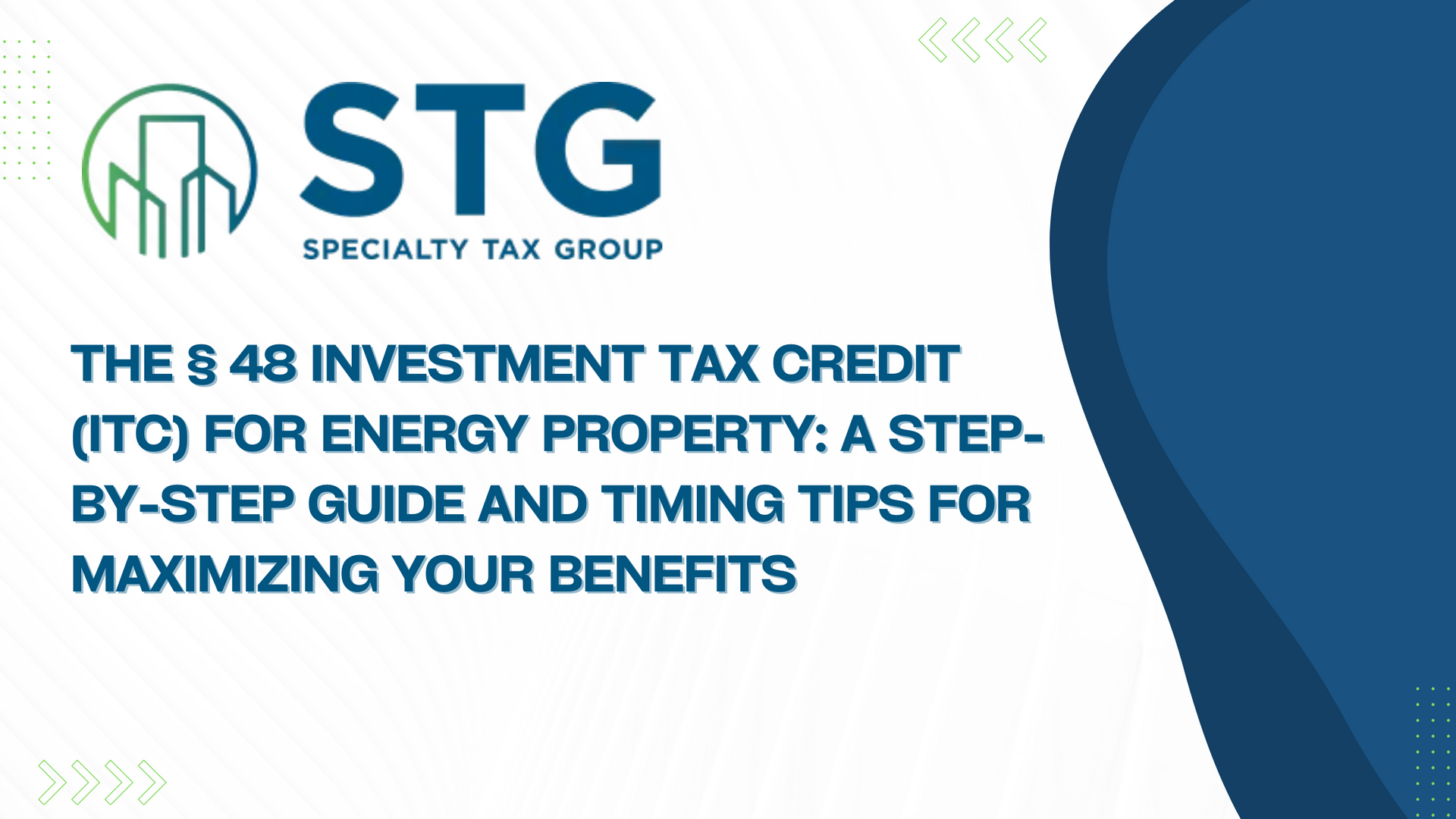This blog post has been researched, edited, and approved by John Hanning and Brian Wages. Join our newsletter below.
Newsletter Form
Thank you for joining our newsletter. We will email you the latest updates every other Thursday at 12pm.
Please try again later.

One big reason to put money into homes or apartment buildings with many units is to bring in more cash over time and make the most money. Doing this also lets you lower taxes faster by spreading out how much the property value goes down each year. Very smart real estate buyers use cost splitting to help cash flow rise. Cost splitting separates out costs so some drop in value quicker for taxes. This tax strategy can make less income taxed by making certain property assets lose value faster on paper.
Understanding Cost Segregation
Depreciation is a way to account for the cost of an asset against its life expectancy. It is represented in how much of the asset's value is used over time and normal wear and tear. For real estate properties, most residential properties are depreciated over 27.5 years, while commercial properties depreciate over 39 years. Straight-line depreciation is used in real estate, where the asset or property is depreciated over the allotted time.
Cost segregation allows owners to take advantage of bonus depreciation, enabling investors to take deductions over 5, 7, and 15-year periods to help greatly increase their cash flow. The bonus depreciation rate has been gradually decreasing over time as part of a phaseout schedule. In 2024, the bonus depreciation rate is 60%, down from 80% in 2023. It will continue decreasing by 20% each year until fully phasing out after 2026. A cost segregation study must be conducted for investors to take these deductions over an accelerated period.
How A Cost Segregation Study Works
Cost segregation studies involve physical inspections of property and reclassifications of aspects of the property and are usually conducted by engineering firms. The justification of cost segregation by the IRS is due to the belief and understanding that certain parts of buildings can depreciate faster than others, and investors and owners should be able to take deductions at an accelerated rate. With cost segregation, the depreciation only counts towards the building and not the land the building is on.
A cost segregation study can be performed retroactively on buildings that have been purchased, remodeled, or expanded since 1987. These “look-back” studies allow investors to reduce their income taxes by allowing them to take the entire depreciation value in the year the study is conducted rather than the 5-, 7-, or 15-year depreciation term.
The best time to conduct a cost segregation study is when the building is first purchased and/or in the year it is remodeled or constructed.
Benefits of a Cost Segregation Study
One benefit of a cost segregation study is that it allows property owners and investors to decrease their taxes over the years. There are a numerous other benefits, including:
- When an asset is damaged or destroyed there is the ability for write-offs.
- By maximizing the timing of the depreciation and deductions, the depreciation expense is accelerated and releases more cash in hand for the investor.
- An appropriately conducted cost segregation study can help provide the IRS with asset and cost classifications, which help resolve and prevent audit inquiries by the IRS.
- Future depreciation recapturing is made easier with ongoing annual reports that can help capture and reduce additional tax burdens and decrease future tax costs.
For the tax year 2024, the bonus depreciation rate is 60%, which applies to qualifying property placed in service during the year. This is part of the phaseout schedule that will see the rate decrease by 20% each year until it reaches 0% after 2026.
Cost segregation can potentially offer property owners a lot of tax savings. Talk with us today to determine if you could benefit from completing a cost segregation study on your property.
2024 Tax Guide
Have A Question?
Contact us today and our friendly team will reach out as soon as possible.
All Rights Reserved | Specialty Tax Group | Powered by Automationlinks | Privacy Policy





